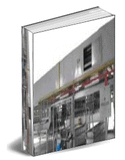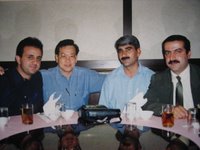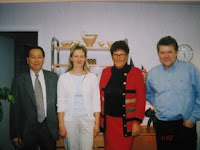JW Latex Consultants (and Rubber Consultants,乳胶顾问) offer solutions to your
problems in Natural Rubber latex and Synthetic Rubber latex processing and the manufacturing of latex products (condoms, catheters, medical gloves, baby teats and soothers, toy balloons etc) Quick answers through e-mails are possible at reasonable cost.
__________________________
This Site Is Best Viewed With Mozilla Firefox Browser. If You Are Viewing With Internet Explorer, It Is Advisable to Switch to Mozilla Firefox By Going to This Link -> http://www.mozilla.org/en-US/firefox/new/
It Is Free to Download
__________________________
Send Your Enquiry and Orders To: woonsungliang@yahoo.com.sg
 Problem Solving Through E-Mails with John Woon Latex Consultants Is Possible
Problem Solving Through E-Mails with John Woon Latex Consultants Is Possible
可以通过电子邮件与JW乳胶顾问来解决问题

__________________________
Please kindly donate to support the maintenance of this site. We'd appreciate it very much.
__________________________
__________________________________________________________________________
Influence of degree of crosslinking on rubber properties
Manufacturer:You explained the action of vulcanisation earlier but no mention was made about the physical properties of the rubber after vulcanisation. Can this be included?
JohnWoon: Please see the Table at the side bar on the right hand side. This is a good general guide... bearing in mind that some of the properties could be influenced by the level and types of fillers used.
You are at the site for answers and solutions to all your problems in latex and rubber technology.
Can you wet a water repelling polyolefin like Polypropylene?
It is a well known fact that Polyolefins such as PP and PE have excellent hydrophobic characteristic making them difficult to wet since they tend to repel water. While this is advantageous in many applications, it makes them unsuitable for some fiber/nonwoven applications, where properties like aqueous absorption and wettability are required.
A hydrophylic effect can be achieved through the application of topical hydrophilic treatments by spraying or wiping with surfactants. While these treatments achieve an initial hydrophilic effect, they are not durable because the coating could be easily washed away. Application such as wipes must rely on the absorptive capacity of the fibers to hold water.

A hydrophilic internal additive for polyolefin fibers and nonwovens is available from Ciba. It is a melt-processable alternative to topical finishes and allows polypropylene fabrics to absorb many times their weight in water. In addition the additive also improves the soft feel and comfort of nonwoven fabrics.
You are at the site for answers and solutions to all your problems in latex and rubber technology.

























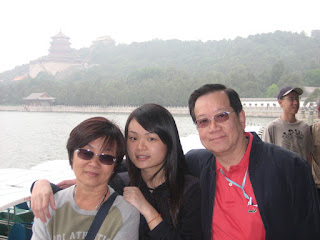







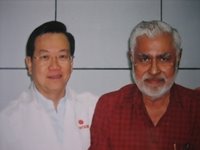















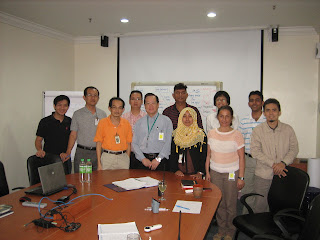
.jpg)
.jpg)



.jpg)
.jpg)
.jpg)
.jpg)
.jpg)
.jpg)
.jpg)
.jpg)
.jpg)
.jpg)
.jpg)
.jpg)
.jpg)
.jpg)
.jpg)
.jpg)
.jpg)
.jpg)


